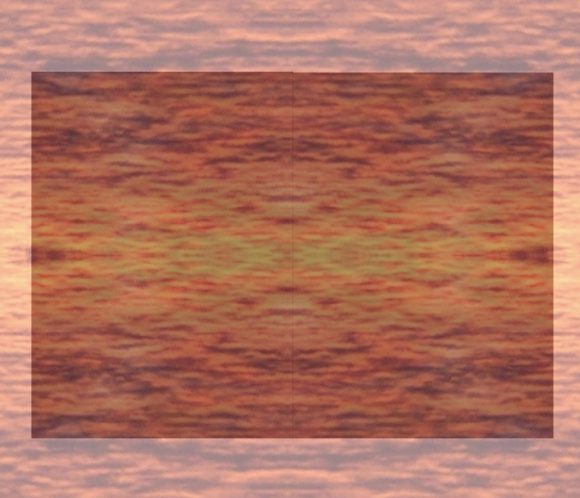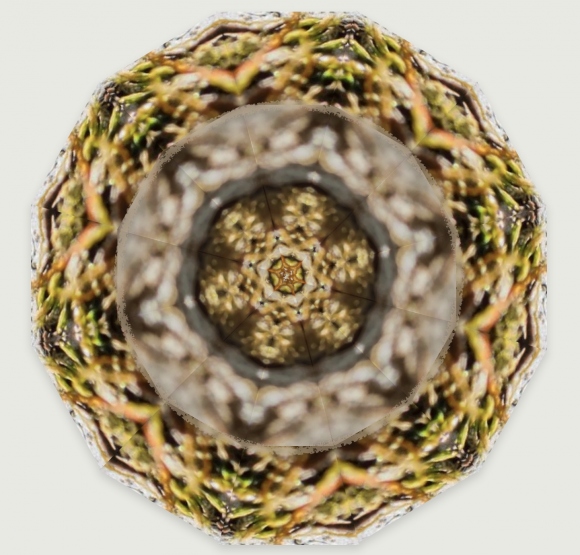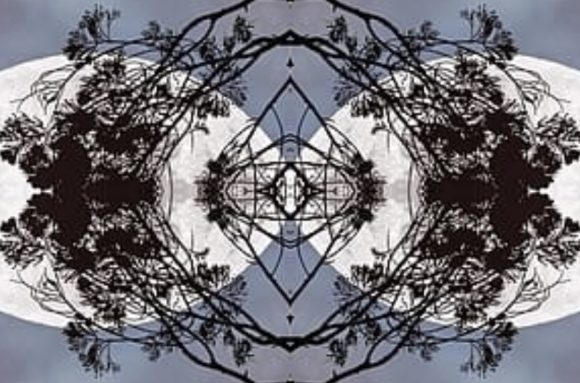In various places (Alchemical Psychology, From Types to Images), Hillman traces a development through Jung’s work away from “conceptal rationalism” towards an imagistic and metaphorical style of thinking; the former is associated with Psychological Types, the latter with Jung’s later writings on alchemy.

Hillman, of course, thinks that this development is for the better. He argues that the sensous and metaphorical language of alchemy is therapeutic, whereas conceptual rationalism is one-sided and itself a symptom (showing itself in language structures) of collective neurosis. (This is the argument of the first chapter of UE 5.)
Somewhat inconsistently, however, he also tags some central concepts in Jung’s late work as precisely that: conceptual, non-imagistic.
As Jung grew older, he became ever more occupied with this particular split—matter and soul, attempting to join them with ever fresh formulations: psychoid, synchronicity, unus mundus. Even if defined as embracing both sides and even if presented ambiguously and symbolically, these words […] only reinforce the splitting effect inherent in such one-sided language itself. For they too are concepts, without body or image. (UE 5, 12.)
At least around this central topic, then, Jung did not leave “conceptual rationalism” behind after his discovery of alchemy (pace UE 5, 8). And this, in turn, also casts a doubt on Hillman’s rather quick dismissal of a point of Jung’s he quotes earlier: that the sensous functions are bound to their objects and thus confined to “single meanings” just as the rational functions are. (Ibd.; Hillman quotes from an early edition of Types.)
What Jung seems to have thought is that the four basic functions (thinking, feeling, sensing, and intuition) are all in the same basket when it comes to the creation of symbols — where symbols are understood as open formulations, designed to capture something is “not entirely knowable” (GW V, 105; GW IX/II, 82). The rational functions (thinking and feeling) are based on distinctions and clarity, and thus run counter to the openness of meaning in symbols (thus conceived); but the sensuous functions are bound to the concrete object, and therefore they’re likewise unsuited.
Hillman disagrees:
I read him to be claiming that sensuous perception is as one-sided as conceptual understanding, therewith implying that sensate language clings to its referents (alchemy’s concrete stuffs and operations) so that no further connotations emerge. Here, I believe, Jung is confusing the concrete with the literal. (UE 5, 8.)
But this is confused: Jung was referring to sense perception, not sensous language. There is a difference between, say, enjoying a view of the hills and trying to capture that same view in a poem. This is not to say that our perception isn’t shot through with thoughts, emotions, habits and the like: our psychology colors and shapes what we see, and how we see it. But when we start to express something in language, we move to an entirely different activity. Talking about something is no longer primarily an exercise of (only) the basic function of sensing. It’s the latter of which Jung says that it is bound to its object; it doesn’t follow that the former is thus incapable of multiple connotations and therefore bound to single meanings.
What really should be taken from Jung’s line of thought is that the production of symbols is not the task of basic functions, but that of some other, symbolic functions: obviously, there is more to psychology than just thinking, feeling, sensing, and intuiting. The creative use of language might bring us into those regions, and it shouldn’t be surprising that some uses of language (perhaps the imagistic use characteristic of alchemy) might be better suited for this task. But if there is an advantage of one language use over another one, it can’t be tacked simply to a preference of sensuality over thinking (and feeling).



